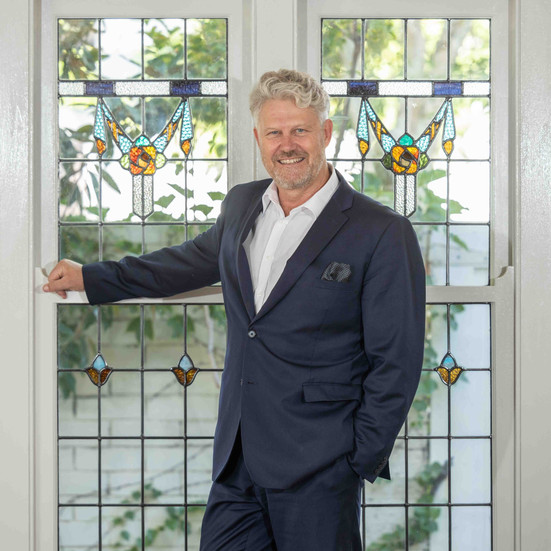Subiaco's Federation Leadlight
- Jon Ruwolt
- Aug 5, 2025
- 2 min read
The Subiaco Story
The City of Subiaco is part of the Swan River and Swan Coastal Plains area of Western Australia that has been the home ground of the Nyungah people since the beginning of time.
The first European residents were a group of Benedictine monks who came from Subiaco, Italy, in 1846 and built a monastery in the area.
The Stables are the last remaining structure of the Monastery and underwent restoration for the first time in 2019. Through an $80,000 State Heritage Council grant, Subiaco’s earliest agricultural building has been restored to that of its former grandeur.

They were followed by other settlers whose makeshift dwellings clustered around water sources such as the wells made by John Rowland Jones and the Whittaker Brothers.
In 1886 the Jones family built the first European style house in Subiaco on Mueller Road, now called Roberts Road, near the Perth – Fremantle railway line.
The railway opened in 1881 encouraging settlement. Retail and industrial development rapidly occurred, due to land being much cheaper in Subiaco than in Perth.
Subiaco’s population increased phenomenally in the 1890s due to a depression in the eastern states and the gold rush in Kalgoorlie. Rokeby Road, named after Lord Rokeby of Armagh, rapidly became Subiaco’s focal point, and remains so.



Subiaco’s early development was generally based on simple construction, favouring leadlight window and door panels as a way of beautifying and softening the features of these houses.
From the early days, settlers had strong allegiances to Britain; however, by federation in 1901 people were assuming an Australian identity, highlighted by the evolving style and content of leadlight windows and doors.
The leadlight windows and doors on show in many of Subiaco’s homes add to their individuality and collectively enhance Subiaco’s identity.
The decorative panels of coloured, clear and painted glass known as leadlight or stained glass are crafted by supporting small sections of glass together in strips of H- shaped lead cames.
Stained glass windows were traditionally associated with ornate church and institutional architecture. They were created by painting pigmented mixtures onto glass, which was then fired in a kiln to fuse the decoration to the base layer.

Leadlights used ready-coloured pieces of glass known as metal, with the colours in the glass made by adding metallic oxides to crucibles of melted glass.
For example, copper created a green colour, iron produced red and cobalt made the glass blue.







Above: Gallery of Leadlight at Fairview, Subiaco, the home of Thomas Murrell, MBA CSP
Below: Route of a self-guided walk from Subiaco Museum to experience Subiaco Leadlight











